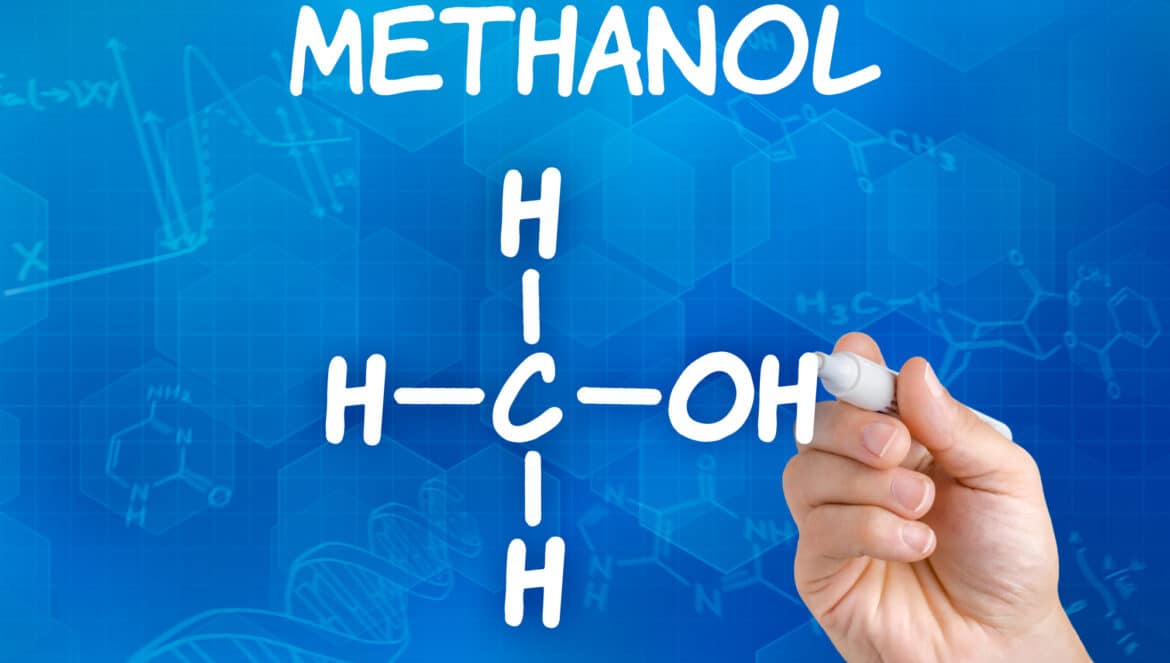Table of Contents
In today’s educational environments, chemical safety management is critical to ensuring the safety and health of students and staff. Responsible chemical management encompasses a range of practices aimed at minimizing risk and enhancing hygiene. While it’s important to strive for safety, it’s essential to understand that achieving absolute safety is not feasible. Instead, the goal should be to create a safer environment by reducing the likelihood of accidents through informed practices and robust protocols.
The Importance of a Chemical Hygiene Plan
A well-structured Chemical Hygiene Plan (CHP) is fundamental for any educational institution using chemicals, especially in laboratories. This plan should not just exist on paper; it needs to be regularly updated to reflect current practices and protocols. An effective CHP includes safety guidelines, legal obligations, and professional best practices designed to protect educators and students alike. While organizations like OSHA mandate these plans, they also serve as a best practice for all educational institutions, regardless of regulatory oversight.
Maintaining an Up-to-Date Chemical Inventory
It is vital to regularly update the chemical inventory. This inventory serves as a living document that should reflect all chemicals received, used, and discarded. Just because a chemical has existed in your lab for years doesn’t mean it should remain on the inventory; it’s essential to keep it current. Accurate inventory management helps prevent accidents and ensures compliance with safety regulations.
Proper Chemical Storage and Usage
Understanding how to store chemicals correctly is crucial. Each chemical has specific storage requirements, which can change with age; some may degrade and pose risks of explosions over time. Proper labeling and awareness of these risks help manage storage safely. Furthermore, adhering to established protocols for chemical usage is critical. Without proper training and engineering controls in place, using hazardous chemicals can lead to severe legal consequences if something goes wrong.
The Necessity of Safety Data Sheets (SDS)
Every chemical in the inventory must have an accompanying Safety Data Sheet (SDS). These documents provide essential information on the hazards associated with each chemical and guidance on safe handling, storage, and disposal. Ensuring that these sheets are readily accessible and that labeling meets regulatory standards is a foundational aspect of chemical safety.
Responsible Chemical Waste Management
Chemical management doesn’t end with usage; responsible disposal of chemical waste is equally important. It’s essential to have clear procedures in place for disposing of chemicals safely and to not allow unwanted chemicals to accumulate. Planning for waste disposal at the point of purchase helps to avoid dangerous situations later.
Informed Chemical Purchasing
The approval for chemical purchases should lie with the designated Chemical Hygiene Officer. This individual ensures that any new chemicals requested for procurement are necessary and safe for use in the educational context. This oversight minimizes unnecessary risks and ensures that all chemicals brought into the environment have a clear purpose.
Personal Protective Equipment (PPE)
Using appropriate Personal Protective Equipment is non-negotiable when dealing with hazardous materials. For liquid chemicals, using chemical splash goggles is recommended instead of standard safety glasses. Each type of chemical hazard may require different protective gear and proper training on the use of PPE is essential for all individuals handling chemicals.
Training and Documentation
Chemical safety training cannot be overlooked. Providing comprehensive training before any hazardous substances are used is critical, and institutions must ensure compliance with OSHA regulations regarding training. Documenting safety training events in writing creates a record that can protect both the institution and individuals involved.
In conclusion, fostering a culture of safety around chemical use and management in schools requires diligence, ongoing education, and adherence to established protocols. By implementing these best practices, educational institutions can not only comply with legal requirements but also create a safer environment conducive to learning and exploration.
Subscribe to edCircuit to stay up to date on all of our shows, podcasts, news, and thought leadership articles.

